Last updated on April 1, 2024

Comparative Analysis | Illustration by Willian Murai
If you’re currently in your thirties or younger, like I am, it’s likely that you've interacted with Pokémon. This fan-favorite game started as the vision of a young autistic kid from Japan who loved collecting insects as a hobby, and quickly grew into the most valuable media franchise in the world. Today Pokémon is worth well over $100 billion, with projects across multiple games, anime series, and of course, a fantastic trading card game.
A lot of trading card games take influences from the example Magic set back in 1993 these days. Popular games like Hearthstone, Eternal, and Legends of Runeterra have some very obvious connections, like their use of a mana system. But the Pokémon TCG is one of the most unique card game experiences out there, and for my money, one of the most well-designed TCGs of them all.
Let me break down some of the features of Pokémon, how it compares to MTG, and how you as a Magic player can learn this game from scratch. Ready? Let's go!
How Do You Play Pokémon?
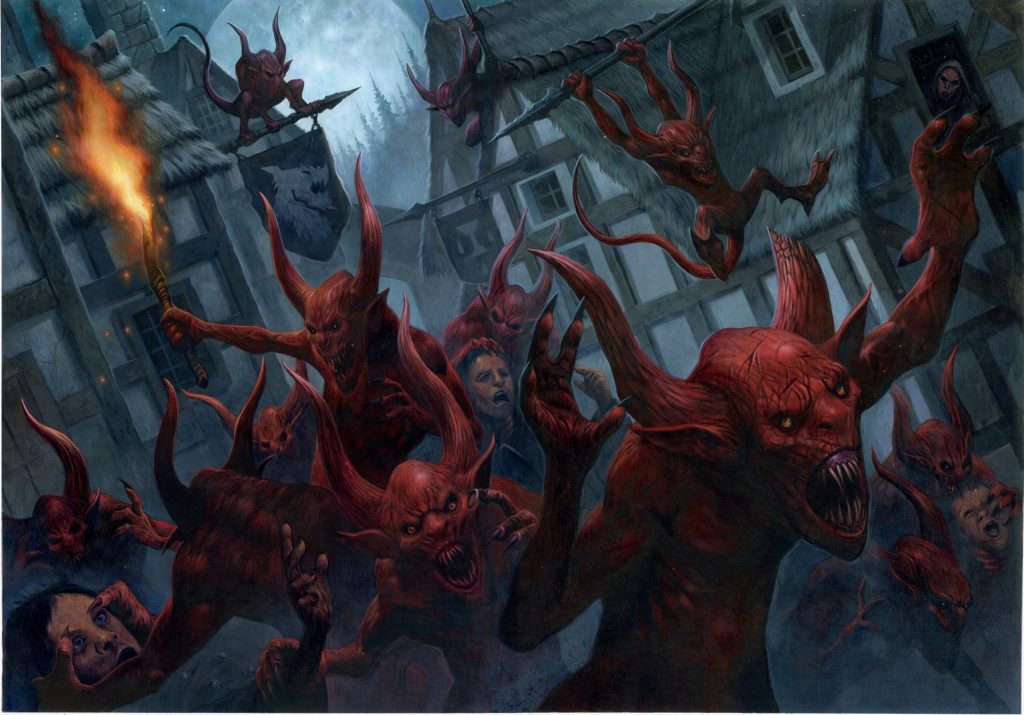
Devils' Playground | Illustration by Wayne England
I'm not going to through all of the rules for the game. There are plenty of in-depth tutorials available online, but I'll summarize the key points as best I can.
There are three main card types: Pokémon, Energy, and Trainers.
Pokémon Cards
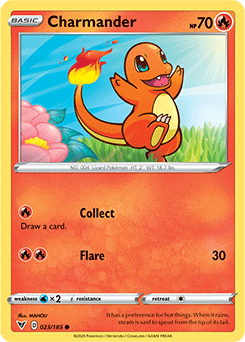
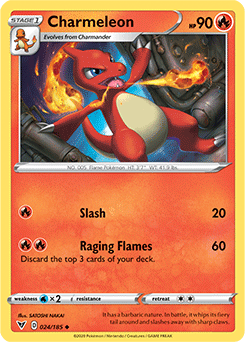
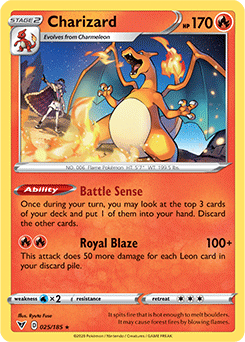
Pokémon cards are like creatures. They attack, take hits for you, etc. In the same way that Pokémon evolve in the video games, you need to evolve your Pokémon from their base forms to their higher forms. So, in order to play a Charizard, you first have to play a Charmander and then evolve it into a Charmeleon and then again into the Charizard card.
Energy Cards
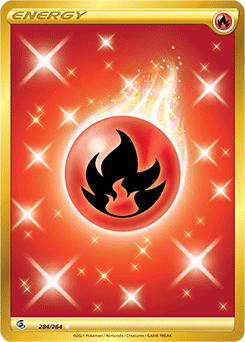
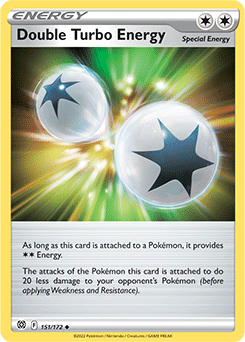
Energy cards are like lands. Each Pokémon has at least one attack that costs a certain amount of energy to use. You can play one energy card from your hand per turn, same as with lands in MTG. And as long as your Pokémon has the correct amount of energy attached, it can use the corresponding attack.
The colorless energy symbol (that looks like a white star) is the same as generic mana in MTG. That is, you can use any type of energy for it.
Trainer Cards
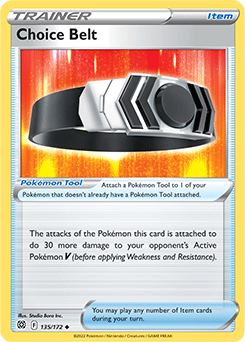

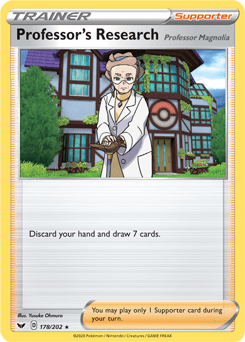

Trainer cards are like spells. You have item cards and supporter cards that work the same as sorceries, though supporter cards are more powerful and are limited to just one per turn. Pokémon tools are basically auras, and stadiums are more like world enchantments.
These are the bread and butter of most decks, usually comprising at least half of your cards.
Playing the Game
After keeping your opening hands at the start of the game, each player sets aside six cards from the top of their deck. These are the prize cards. The objective of the game is to win all your prize cards. To win a prize card, you have to knock out one of your opponent’s Pokémon. You win the game once you take all your prize cards, or your opponent has no Pokémon left in play.
You have one active Pokémon and up to five reserve Pokémon (called your bench) on your board.
Each turn you draw a card, take all your game actions, and end your turn by passing or using one of your active Pokémon’s attacks. There are no effects that you can use on your opponent’s turn, so the game is essentially played at sorcery speed.
Attacks leave damage on the defending Pokémon. When that damage exceeds their HP, they’re knocked out.
Rule Box Pokémon
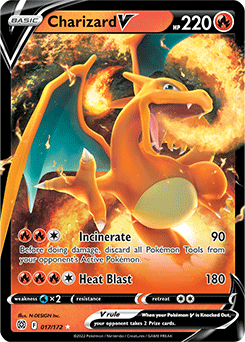
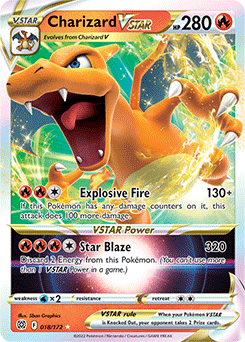
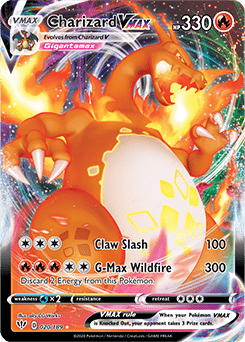
Rule box Pokémon are a special type of Pokémon that are more powerful than their regular counterparts, so they give up more than one prize card when defeated.
With each generation of the game there's a different kind of rule box Pokémon like Pokémon EX, Pokémon GX, or Pokémon LV.X. The rule box Pokémon for the current generation are called Pokémon V, mimicking the Dynamax mechanic from the Sword and Shield games.
Is Pokémon the Same as Magic?
The short answer is no, Pokémon is not the same as Magic. I’m sure you can imagine that there are a lot of differences in how Pokémon and Magic play out based on the rules I outlined above. Pokémon decks can be full of card draw and tutor effects that would put MTG’s equivalents to shame.
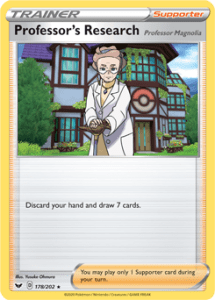
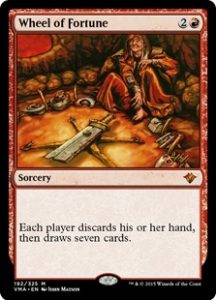
For example, nearly every deck in Pokémon’s Standard format has at least one copy of Professor’s Research, a 1-sided Wheel of Fortune that all decks can play four copies of. There's in fact so much draw power that Hop, a supporter card that draws three cards, sees no competitive play whatsoever.
Everything from resource management to card advantage works very differently in this game.
Pokémon Games Are Slower But Last Fewer Turns
Even at a casual level, turns of Pokémon tend to last a lot longer than in Magic. A lot of turns can feel like storm combo turns with several game actions being made.
Pokémon players can play as many item cards as they like, one supporter card, as many Pokémon as they like (while adhering to the bench restrictions), not to mention activating abilities of Pokémon already in play, all in a single turn. Combined with how many of these effects then give you even more options by drawing or searching up new cards, you end up with some incredibly long turns. Especially when you also consider how many times you end up going through and shuffling your deck.
A game only lasts for a few turns. Competitive decks tend to be optimized to knock out opposing Pokémon in as few attacks as possible, ideally in just a single blow. It only takes a couple of attacks to win a game if you’re knocking out V/GX/EX Pokémon this efficiently.
Interaction is Uncommon in Pokémon
MTG players are used to having access to all sorts of interaction. You can make certain game actions on your opponents’ turns, which is unheard of in Pokémon.
Removal spells are commonplace in MTG but almost nonexistent in Pokémon. Instead, a lot of Pokémon are able to attack the bench, allowing you to attack support Pokémon or ones that aren’t ready to attack yet.

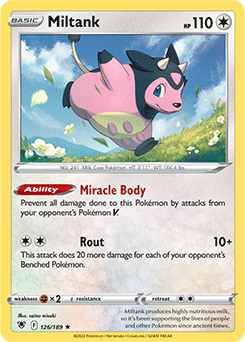
There are plenty of attacks and abilities that restrict plays from the opponent. Flying Pikachu VMax's attack prevents all damage done to it on the next turn by basic Pokémon, and Miltank can’t be dealt damage by any V Pokémon (which also includes their VStar and VMax evolutions).

The most common pieces of interaction in Pokémon are called “gust” effects. Named after “Gust of Wind,” these force your opponent to swap their active Pokémon with a benched Pokémon of your choice. This let you pick and choose which Pokémon you knock out, giving you a lot of flexibility.
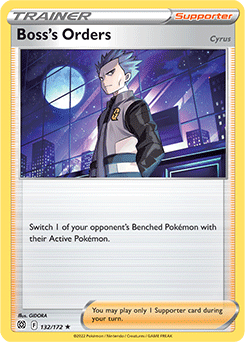
While Gust of Wind itself is far too powerful by modern TCG standards, turning it into a supporter card has proved to be right where the game wants to be. Boss’s Orders is a card that will likely remain Standard legal for many years to come.
There Are Fewer Deck Types in Pokémon
You’re likely familiar with all of the types of deck you can build if you’re a veteran MTG player or you're well-versed in how to build a deck from scratch: aggro, control, midrange, combo, tempo, ramp, aggro-control, and so on. There are so many different ways you can build your deck that gameplay can differ vastly depending on your build.
This isn’t true in Pokémon. While there are still some deck types, the majority of decks all tend to look and play out in similar ways.
The default deck type for Pokémon is a sort of aggressive tempo-based strategy. You want to build up whichever Pokémon your deck is built around, get it ready to attack, and start attacking as soon as possible.
There are also control decks in Pokémon, but these look nothing like control decks in MTG thanks to how interaction works in Pokémon. They actually feel a lot more like stax decks.
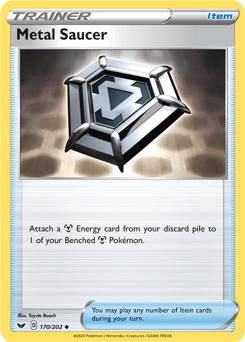
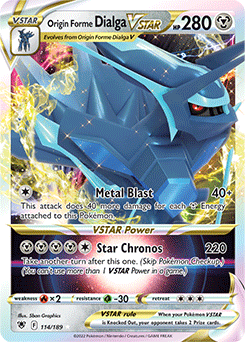

A combo deck currently being played in the Standard format uses the newly printed “Origin Forme Dialga VStar,” which has a once-per-game attack allowing it to deal 220 damage, and then you take an extra turn. But it costs five energies to use. Metal Saucer is an item card that lets you attach a basic metal energy from your discard pile to one of your benched metal-type Pokémon and you can power up Dialga in just one or two turns if you find all four of them.
This then lets you knock out two Pokémon in quick succession, using Boss’s Orders to pick and choose which ones you defeat. That’s often back-breaking for an opponent.
Pokémon and MTG Have Similar Formats
In MTG we have Standard, Pioneer, Modern, Legacy, Alchemy, Historic, Pauper, and Vintage as options for Constructed formats. Pokémon hasn’t been around as long and has had a lot of rules changes over the years, but it still has some very similar formats.
The most widely played of these is Standard, which is nearly identical to Magic’s Standard format. It’s a format that rotates each year, making a year’s worth of sets illegal each time. The main difference is that this isn’t done in a very consistent manner. This year’s rotation has even been canceled and pushed back to next year for various reasons.
You also have Expanded. This is a non-rotating format that goes back to about 2012, which makes it very similar to Pioneer or Modern. There’s also a Legacy format and an Unlimited format, but these aren’t well supported.
There’s even a version of Commander. The Gym Leader Challenge format is Pokémon’s answer to it, but it’s still a 1v1 format. In GLC you play a 60-card deck, but you can only use one type of Pokémon (Fire, Water, Grass, etc.), you can only use one copy of each uniquely-named card (for example, you can only use one Pikachu card, not multiple copies of different Pikachu cards), and all rule box Pokémon like V/GX/EX, etc. are banned.
This is an entirely fan-driven format, very much like Commander was when it was still called EDH. It's a recent format and one that seems to be growing in popularity with large side events being held at big tournaments.
What Do Pokémon Decks Typically Look Like?
The majority of Pokémon decks follow a few simple deckbuilding rules. Your typical deck contains around 20 Pokémon cards, 30 Trainer cards, and 10 Energy cards.
The objective of any given deck is to have one or two main threats that you want to power up and attack with. Your Pokémon lineup beyond that tends to include some tech cards that help out in certain situations and some support Pokémon that help you draw more cards or set up your board in another way.
Among your Trainers, you need plenty of ways to draw cards and tutor up each Pokémon you need. Then you just need to have enough Energy cards for your key threats to be attacking.
Most decks tend to stick to one energy type since “dual energies” aren’t really a thing. Multicolor Pokémon do exist, but a lack of “energy fixing” makes them a lot harder to play without putting some serious work into it.
Flying Pikachu Deck by Azul_GG
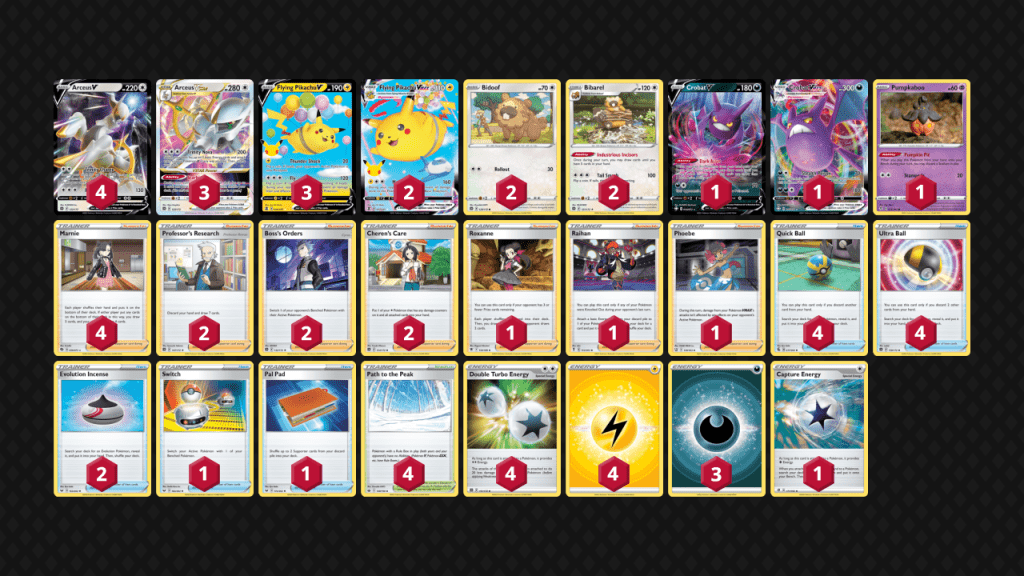
Let’s have a look at a decklist in action. My favorite deck from recent events has to be the Flying Pikachu deck that I mentioned earlier, piloted by Azul Garcia Griego.
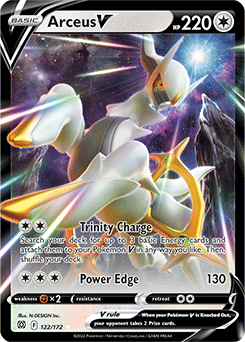
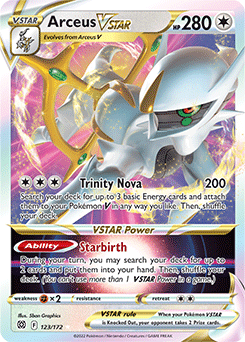
This is first and foremost a deck built around Arceus VStar. These cards have dominated the TCG meta ever since they were printed back in February 2022. Arceus VStar’s Trinity Nova attack is the key here. 200 damage is a pretty big hit, and being able to attach up to three energies from your deck to your bench is incredible.
In the same way that mana ramp is powerful in MTG (I mean, look at Black Lotus), energy acceleration is also busted in Pokémon. Arceus VStar is capable of taking any V Pokémon with a good attack for three energies and immediately power it up, no matter what type it is. Double Turbo Energy also lets us power this up with just two energy attachments.
And that’s all without even mentioning that it has a VStar power that says you can get a double Demonic Tutor once per game. That's an absurdly powerful effect to have, even in a game where search effects are a lot more common.
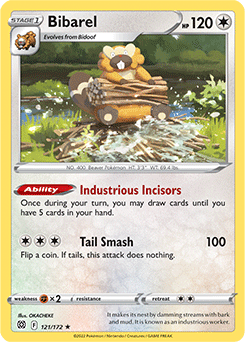
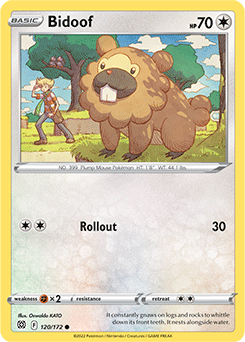
You also have this adorable Bidoof/Bibarel line in the deck. This is a perfect example of a support Pokémon that’s never going to be getting an attack in, but it works well on the bench. Once per turn you can draw cards until you have five in our hand.
This is a great ability that makes Bibarel a popular choice for a support line in a lot of decks. You can even use Quick Ball and Ultra Ball, cards you would have already wanted, as ways to reduce your hand size on purpose to enable Bibarel’s ability.
Which Is Better? Magic or Pokémon?
While both have their advantages and disadvantages, Magic is definitely the better game. Don’t get me wrong, both are incredibly enjoyable games in their own rights. But Magic has a lot more things going for it. The game itself is much more well established, and every single card designed for it is intended to be played.
It’s a different story in Pokémon. The majority of Pokémon cards are completely unusable. They weren’t designed for the TCG, they were designed to be simple cards for kids to collect and play with without knowing how to play the game. And while Magic is enjoyed by millions of players worldwide, the Pokémon player base is much smaller.
While the Pokémon game sells really well, the majority of people who buy the cards do so to collect them and not play, whereas even Magic collectors still play the game from time to time.
Is Magic Bigger or More Popular Than Pokémon?
Magic and Pokémon are regularly the two best selling TCGs on the market. But the majority of the people buying Pokémon are collectors, not players. Magic is a much bigger and more popular game than Pokémon if we’re talking about players, while Pokémon’s collecting community is much bigger than Magic’s.
Are Magic or Pokémon Cards Worth More?
Many of us have probably seen the scene from Pawn Stars where a guy comes in with a huge pile of graded base set Charizards and is looking for about a quarter of a million dollars for them, or have heard about the antics of YouTubers buying graded Charizards for a lot more than they’re probably worth. Despite this, Magic is by far the more expensive game.
In terms of older cards, the holy grail of both games would be Magic’s Alpha, Beta, and Unlimited sets, and Pokémon’s Base Set, Jungle, and Fossil sets. Even commons from Alpha and Beta are worth a good chunk while commons from Pokémon’s first few sets are incredibly cheap.
Magic still wins out even for newer sets. Pokémon is one of the cheapest competitive TCGs to play. The deck that I showed off earlier that won the North American International Championships cost around $130 in total thanks to all of the key staple cards being so widely accessible and really cheap to pick up. Compare that with your Magic Standard deck, which could require multiple playsets of rares and mythics along with sets of dual lands.
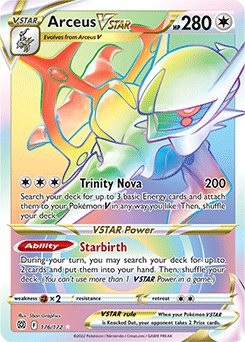

Among collectors, the real appeal of newer sets is in the variants and alternate art cards. Much like the showcase, borderless, and extended art frames that we get in Magic nowadays, many Pokémon cards get sweet alternate arts that are much rarer than the basic versions. These full arts and such still fetch a decent price even for bad cards and are big hits for collectors who want to complete full sets or even just really cool artworks.
Wrap Up
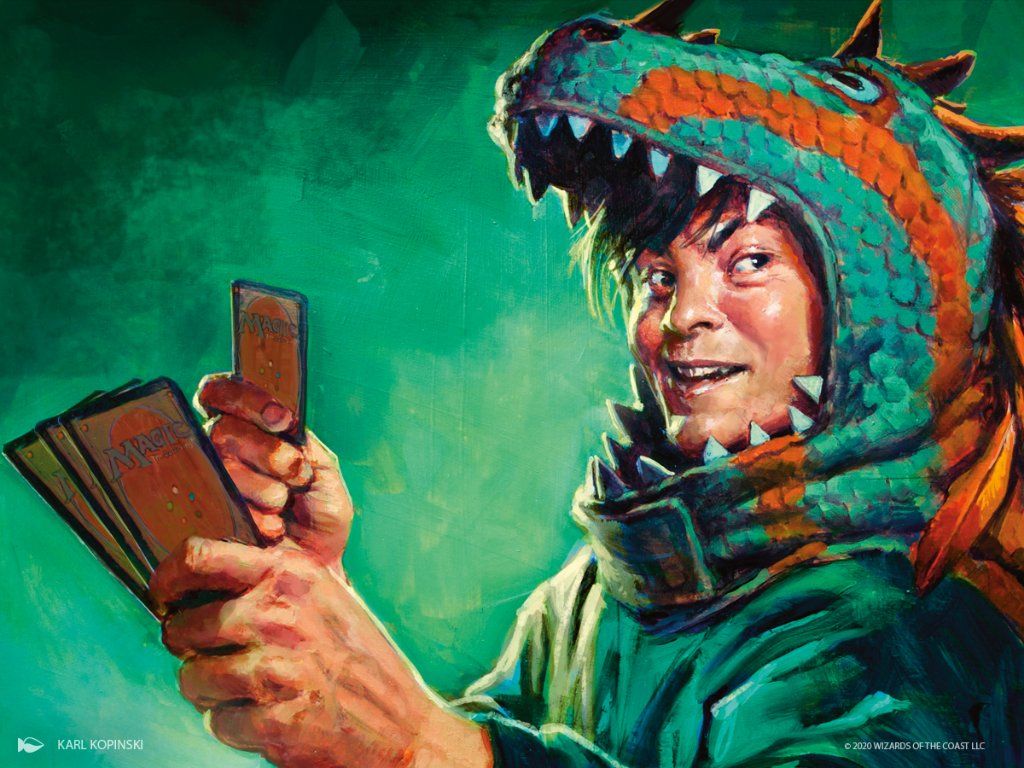
Timmy, Power Gamer (Unsanctioned) | Illustration by Karl Kopinski
Pokémon is great fun. While not nearly as deep and complex as Magic, it’s still very enjoyable and I view it as a really fun palette cleanser whenever I feel burned out from too much MTG.
What do you think of these two TCGs? Are you an avid Pokémon collector, or do you actually play the game? Do you agree with my comparison of the two? Let me know in the comments below or over in the Draftsim Discord.
Next up I’ll be running this back comparing Magic with Yu-Gi-Oh. Stay safe and take care!
Follow Draftsim for awesome articles and set updates: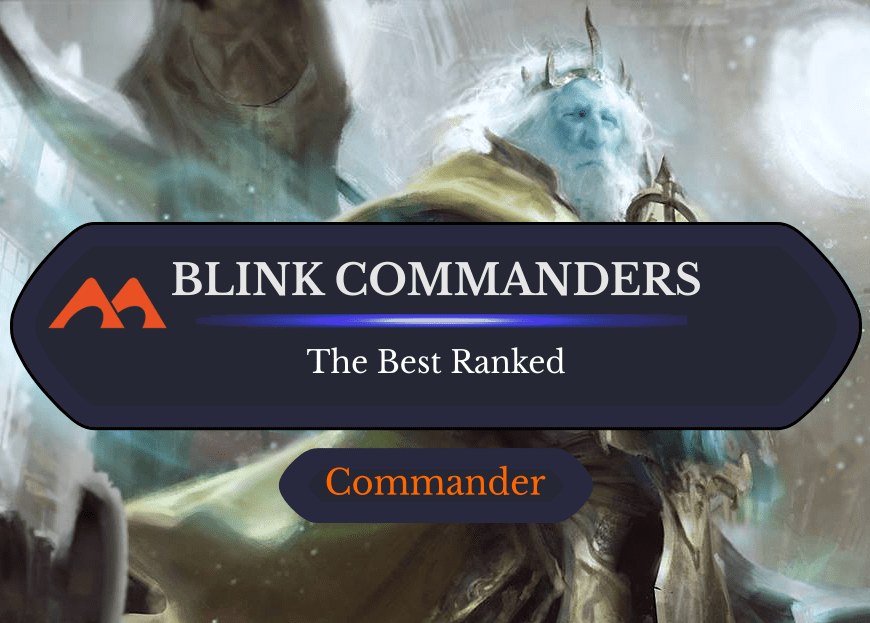
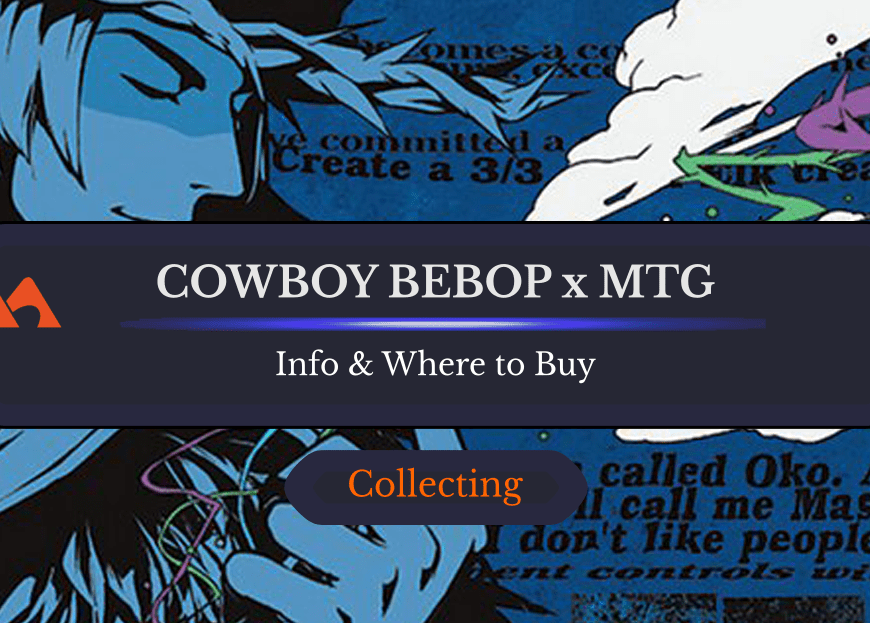
Add Comment